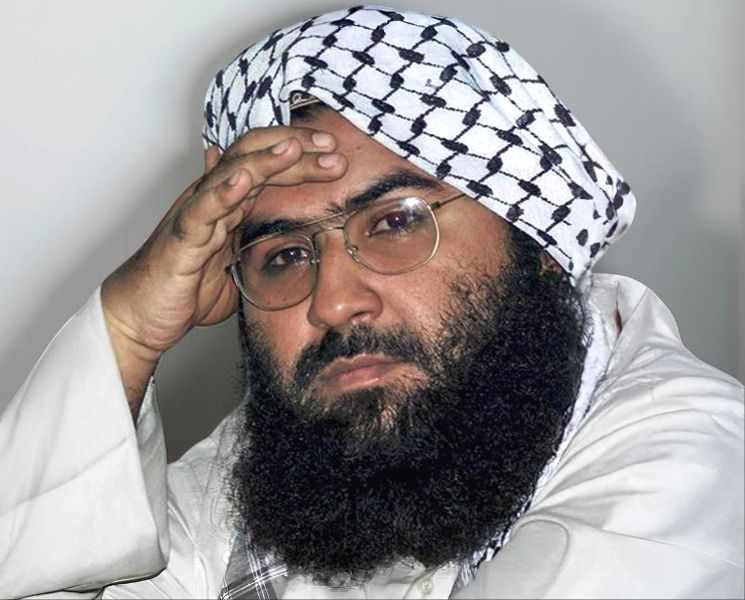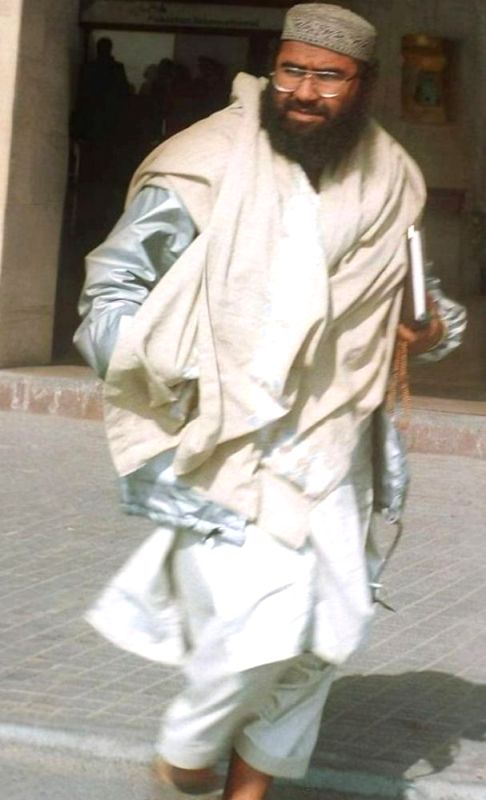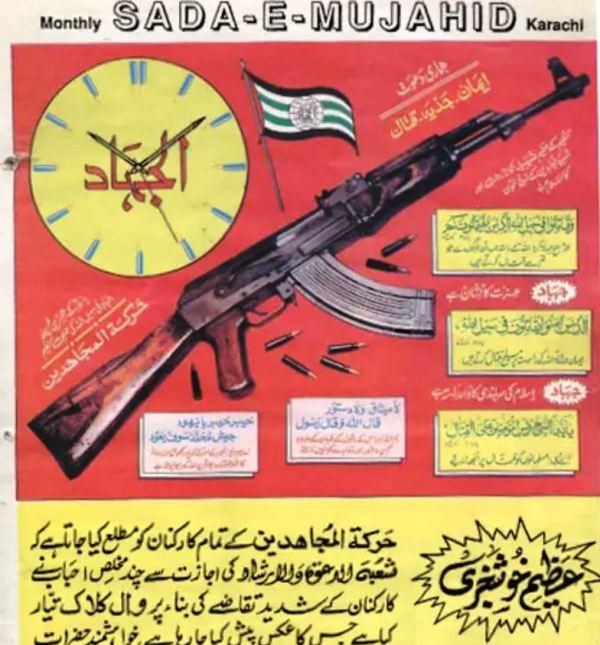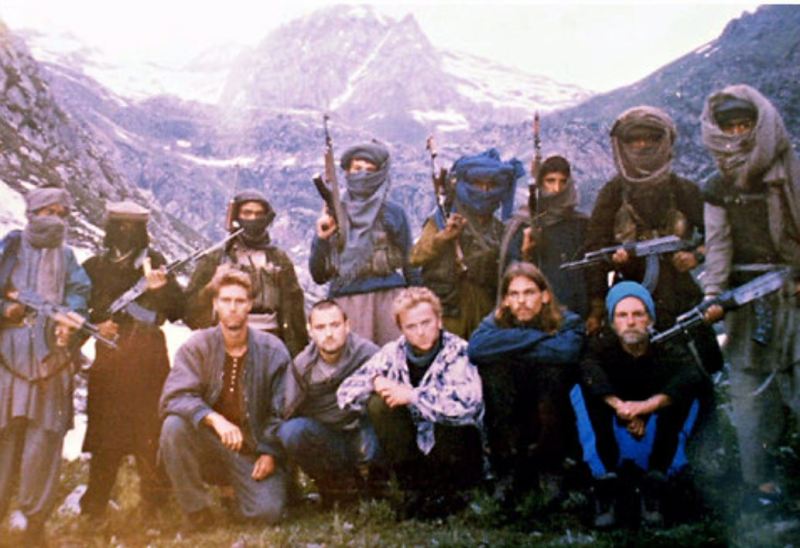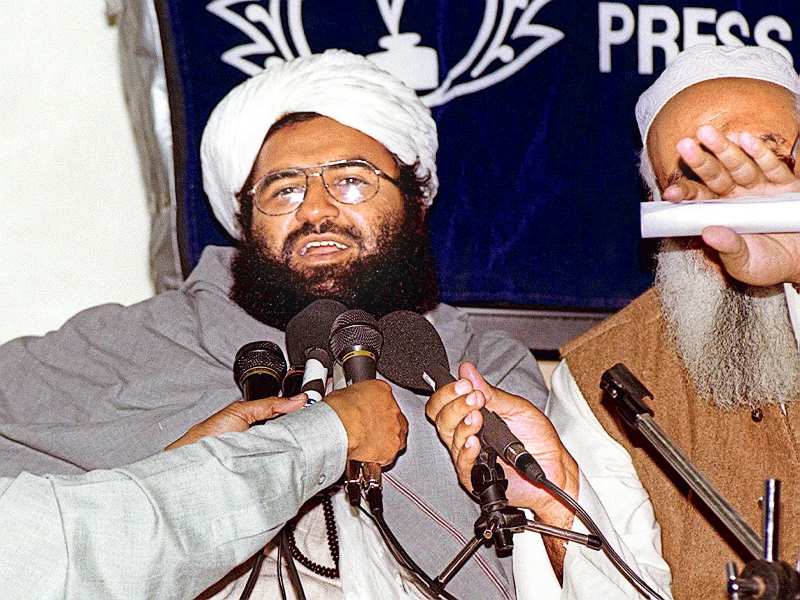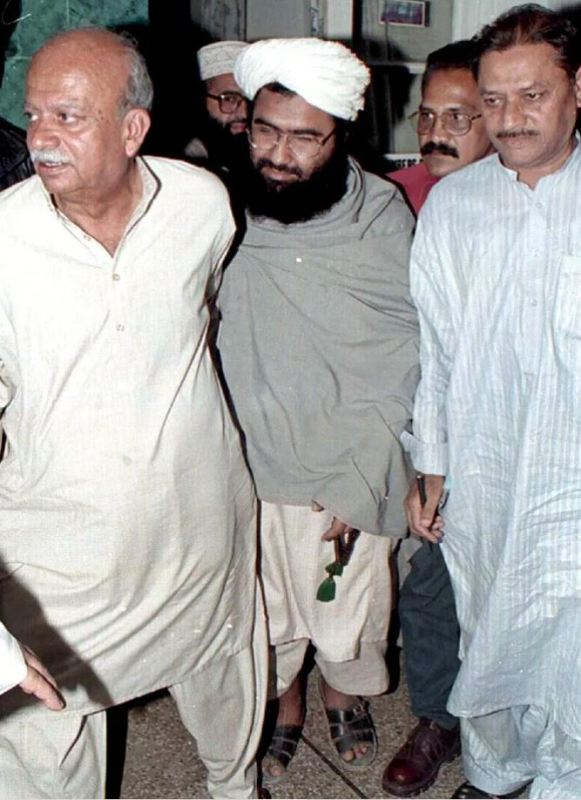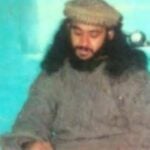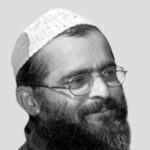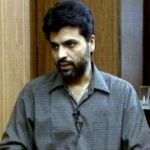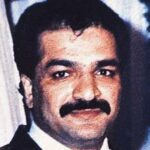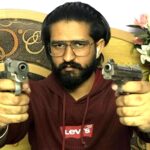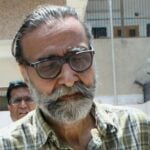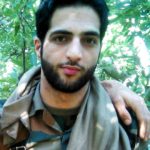Masood Azhar Height, Age, Wife, Children, Family, Biography
Quick Info→
Hometown: Bahawalpur, Pakistan
Wife: Shazia
Age: 57 Years
| Bio/Wiki | |
|---|---|
| Birth Name | Mohammad Masood Azhar Alvi |
| Other Name(s) | • Azhar Alvi • Avali Adam Issa • Maulana Masood Azhar • Maulana Mohammad Masood Azhar Alvi |
| Profession(s) | • Terrorist • Religious Teacher (Maulvi) |
| Infamous For | Being the founder and leader of the Pakistan-based militant organisation Jaish-e-Mohammed (JeM) |
| Physical Stats | |
| Height (approx.) | 5' 6" (167 cm) |
| Eye Colour | Black |
| Hair Colour | Black |
| Personal Life | |
| Date of Birth | 10 July 1968 (Wednesday) |
| Age (as of 2025) | 57 Years |
| Birthplace | Bahawalpur, Punjab, Pakistan |
| Zodiac sign | Cancer |
| Nationality | Pakistani |
| Hometown | Bahawalpur |
| College/University | Jamia Uloom-ul-Islamia, Banuri Town, Karachi, Pakistan (1989) |
| Educational Qualification | Graduate (as an Alim) |
| Religion | Islam |
| Caste | Sunni |
| Major Controversies | The 2001 Parliament Attack: Masood Azhar is widely linked to one of the most shocking terror attacks in India's history - the 2001 Indian Parliament Attack. On 13 December 2001, five Jaish-e-Mohammed (JeM) terrorists entered the heavily guarded complex using a car with fake Home Ministry and Parliament stickers. Over 100 people, including top political figures like Home Minister L. K. Advani and Vice President Krishan Kant, were inside at the time. Armed with AK-47s, grenade launchers, and explosives, the attackers killed nine people and injured 17 before being shot dead. This attack nearly brought India and Pakistan to war. [1]Hindustan Times Masood was later detained by Pakistani authorities, but was released in December 2002 by a Lahore High Court. [2]The Hindu Linked to the 26/11 Attacks: After the 2008 Mumbai attacks, where 10 Lashkar-e-Taiba (LeT) terrorists killed 175 people in a four-day shooting and bombing spree, reports claimed that Masood Azhar was among those detained in Pakistan. However, the government denied arresting him or knowing where he was. [3]The Times of India The 2016 Pathankot Attack: Masood and his brother were linked to the 2016 terror strike on the Indian Air Force's Pathankot Airbase, a key part of its Western Air Command. Six armed militants attacked the base, killing seven Indian personnel. Indian agencies later submitted proof of Azhar's role in the attack and requested a second Red Corner notice from Interpole. [4]The Times of India The 2019 Pulwama Attack: Masood, chief of the Pakistan-based terror outfit Jaish-e-Mohammed, ordered another deadliest attacks on Indian forces on 14 February 2019. On that day, a suicide bomber rammed an explosives-laden vehicle into a convoy of CRPF personnel on the Jammu-Srinagar National Highway in Lethapora, Pulwama, killing 40 soldiers. Azhar was reportedly under protective custody at a Pakistani Army hospital when he gave instructions. The attack triggered massive outrage, worsened India-Pakistan relations, and led to the 2019 military standoff. [5]The Times of India |
| Relationships & More | |
| Marital Status | Married |
| Family | |
| Wife/Spouse | Shazia |
| Children | Son- 1 • Hamaz Azhar Daughter(s)- 2 • Waliullah • Abdullah |
| Parents | Father- Allah Bakhsh Shabir aka Allah Bakash Alvi Sabir (headmaster at the government school) (deceased) Mother- Ruqua Bibi aka Rukia Bibi (deceased) |
| Siblings | Brother(s)- 4 • Talha Saif (younger) • Abdul Rauf Azhar (militant) (younger) 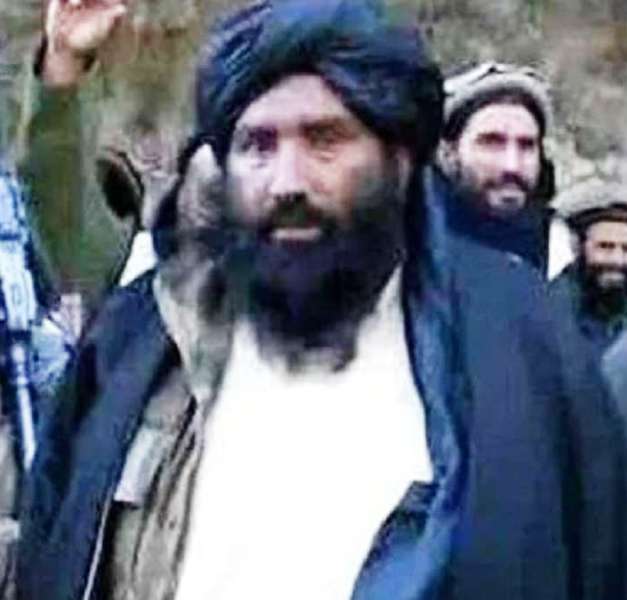 • Mohammed Tahir Anwar (militant) (elder) • Mohammed Ibrahim Athar Alvi (militant) (elder) Sister(s)- 6 • Sahiba (elder) (deceased) • Zahara Bibi • Abda Bibi • Rabiya Bibi • Safeya Bibi • Somayra Bibi |
| Other Relatives | Nephew(s) • Mohammad Usman • Alim Fazil (deceased) Niece(s) • Alam Fazila |
Some Lesser Known Facts About Masood Azhar
- Masood Azhar was born as the third child in a family of 11 siblings, consisting of five brothers and six sisters.
- His father, a cleric with Deobandi leanings, managed a dairy and poultry farm.
- After completing the 8th grade, Masood left school and enrolled in Jamia Uloom-ul-Islamia in Karachi, Pakistan. There, he dedicated himself to Islamic studies and graduated in 1989, earning the title of Alim, a scholar in Islamic theology.
- During his time at the Jamia Uloom-ul-Islamia, Masood was drawn to radical Islamic ideology and the Afghan jihad, a militant fight against Soviet forces in Afghanistan during the 1980s.
- On his principal’s recommendation, he later joined a jihad training camp run by the militant group Harkat ul-Ansar (HuA).
- Masood failed to complete his military training due to physical weakness. However, he still fought alongside Afghan Mujahideen during the Soviet–Afghan War and was injured.
- Azhar was later appointed as the head of Harkat ul-Ansar’s motivation unit, where he also began editing the Urdu-language magazine Sada-e-Mujahid (aka Sad’e Mujahidin) and the Arabic-language magazine Sawt-E-Kashmir.
- Azhar later became the general secretary of Harkat ul-Ansar and was recognised among the group for his speaking skills.
- As HuA’s general secretary, Azhar actively promoted pan-Islamism, a political ideology that seeks to unite all Muslim countries and communities under a single Islamic framework.
- Azhar played a key role for HuA in recruiting and fundraising by travelling to several countries, including the United Arab Emirates, Zambia, Mongolia, and the UK. He also introduced foreign cadres, especially Afghan war veterans, to Kashmir.
- In early 1994, Azhar was arrested by Indian police near Anantnag, Jammu and Kashmir, while travelling under a fake Portuguese passport. He had come there to calm tensions between two rival militant groups, Harkat-ul-Jihad al-Islami and Harkat-ul-Mujahideen, which were part of HuA.
- After his arrest, he claimed that fighters from 12 countries had come to “liberate Kashmir” and warned of violent retaliation. He was imprisoned in multiple high-security facilities, including in Srinagar, Delhi, and Jammu.
- During interrogation after his 1994 arrest, he admitted that he travelled to Nairobi in Kenya in 1993 to meet with leaders of Al-Itihaad al-Islamiya, a Somali group connected to Al-Qaeda. The group had asked Harkat-ul-Mujahideen (HuM) for money and recruits.
- On 4 July 1995, his aide Ghazi Baba masterminded the kidnapping of six Western tourists and their two guides in Lidderwat, Pahalgam, Jammu and Kashmir. It was carried out by 40 HuA militants under the name ‘Al-Faran,’ which Ghazi provided to divert attention from HuA.
- The ‘Al-Faran’ kidnappers demanded the release of Masood Azhar and other jailed militants. When their demands were not met, they beheaded Norwegian hostage Hans Christian Ostrø on 13 August 1995.
- On 17 August 1995, an American hostage named John Childs managed to escape, while the remaining hostages were never found and were declared dead by the Government of Jammu and Kashmir on 28 January 2003.
- While in jail, Masood Azhar was questioned several times by the FBI about the 1995 tourist kidnappings in Kashmir.
- In 1998, the CIA reported that HuA, backed by Pakistan, was using terror tactics in Kashmir, including targeting Westerners. According to the CIA, HuA had kidnapped at least 13 people between 1994 and 1998, 12 of them were foreigners.
- On 24 December 1999, Indian Airlines Flight 814 (IC-814), flying from Kathmandu to New Delhi, was hijacked as another attempt to secure the release of Masood Azhar, Ahmed Omar Saeed Sheikh, and Mushtaq Ahmed Zargar.
- Five militants from HuA seized IC-814 with 190 people onboard and took it to several locations before landing in Kandahar, Afghanistan, which was then under Taliban control and backed by Pakistan’s ISI.
- After seven days of negotiations, India agreed to release the three prisoners in exchange for the IC-814 passengers’ safety on 31 December 1999.
- Soon after his release, Azhar spoke to a crowd of around 10,000 in Karachi. In his speech, he urged Muslims to continue their struggle against India and promised that Kashmir would be freed from Indian rule.
- After Masood Azhar’s release, the Harkat ul-Ansar (HuA) group was designated as a banned terrorist organisation by the U.S., which led the group to change its name to Harkat-ul-Mujahideen (HuM).
- Masood later founded Jaish-e-Mohammed (JeM). He was reportedly supported by Pakistan’s ISI, the Taliban in Afghanistan, Osama bin Laden, and several Sunni extremist groups in Pakistan. JeM was largely controlled by Azhar’s family.
- Masood masterminded the 2001 Indian Parliament attack, which was carried out by five (JeM) terrorists. The attack led to the deaths of 14 people, including six Delhi Police personnel, two Parliament Security Service personnel, a gardener, and those terrorists.
- In December 2001, Masood was held by Pakistan for a year due to global pressure. However, he was released in December 2002 and was never arrested again.
- After the 2008 Mumbai attacks, Masood went into hiding for two years. He appeared in January 2014 and spoke at a rally in Muzaffarabad, calling for jihad in Kashmir. In March 2014, a JeM spokesperson said he was in Srinagar.
- In 2009, the first attempt was made to list Masood as a global terrorist at the UN Security Council, but China blocked it, saying there was not enough evidence.
- In 2016, China again stopped India’s appeal to declare Azhar a terrorist at the UN.
- In February 2017, the United States also tried to get Azhar banned by the UN, but China blocked that effort too.
- Masood was also behind the 2019 Pulwama attack, which targetted a convoy of CRPF personnel and led to the killing of 44 soldiers. His group even claimed the responsibility for the bombing.
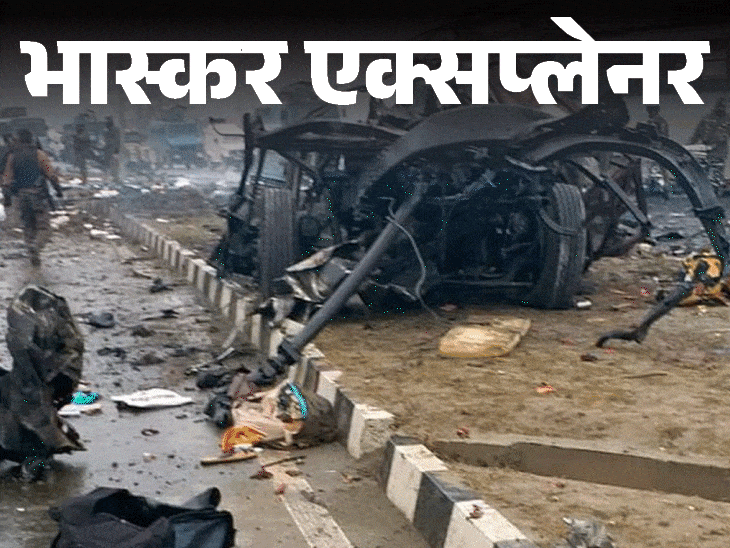
- Following the 2019 Pulwama attack, France, the UK, and the US pushed a proposal at the UN Security Council to designate Azhar as a global terrorist.
- On 13 March 2019, a fourth attempt was made to list him as a terrorist, but China once again opposed it.
- Finally, in May 2019, after global pressure, China withdrew its objection, and Masood was officially listed as a global terrorist by the UN’s Al-Qaeda and Taliban Sanctions Committee.
- On 22 April 2025, five armed militants attacked non-Muslim tourists near Pahalgam in Jammu and Kashmir, killing 26 civilians. In retaliation, India launched ‘Operation Sindoor’ on 7 May 2025 trageting nine terror camps in Pakistan and POK, including the Subhan Allah Complex in Bahawalpur.
- Masood Azhar later confirmed that ‘Operation Sindoor’ killed ten of his family members, including his elder sister, nephew, and nieces, as well as four of his close aides. He released a statement saying,
Neither regret nor despair. Rather, it comes to my heart again and again that I too would have joined this fourteen-member happy caravan.”
- He is proficient in Arabic, Persian (Farsi), Urdu, and Panjabi languages.
References/Sources:

